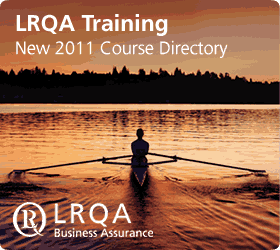Body
I’ve been working with a client on implementing an ISO 9001-compliant quality management system. As always it’s a unique and interesting project, since organizations have different cultures, processes, products, and customers. No two quality management systems are quite the same. Documentation will look different; exclusions are taken for requirements that don’t apply. The number and diversity of work instructions, forms, and training guides will vary.
…
Want to continue?
Log in or create a FREE account.
By logging in you agree to receive communication from Quality Digest.
Privacy Policy.

Add new comment